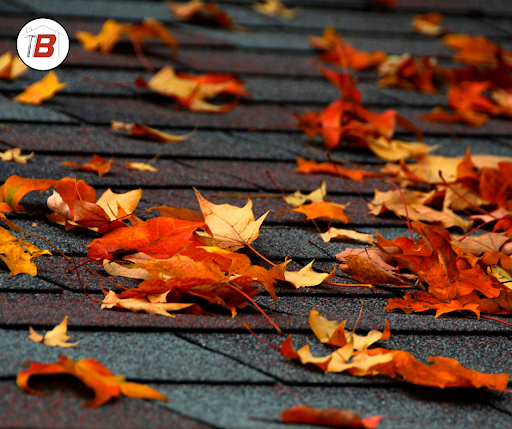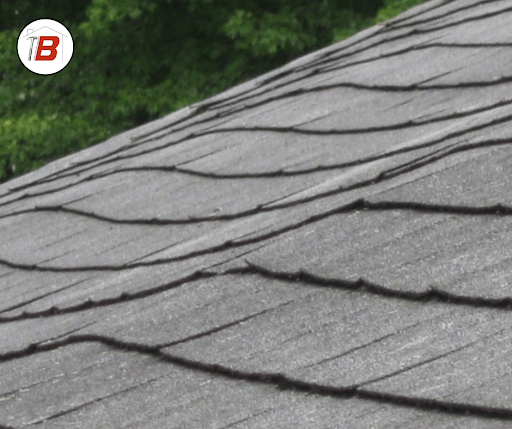Many homeowners are startled when they hear loud pops or cracks coming from their roof after dark. While it can sound alarming, these noises are often a normal result of natural material movement. Understanding what causes the sounds — and when to take action — can give you peace of mind and help you protect your home.
Main Causes of Roof Popping Noises
Temperature Fluctuations
Expansion and contraction of roofing materials
One of the most common reasons for roof noises at night is temperature change. As the sun sets and temperatures drop, roofing materials cool and contract. This shift can cause shingles, decking, and underlayment to move slightly, creating popping or cracking sounds. Homes in climates with large day-to-night temperature swings often experience this more frequently.
Attic and Framing Movement
Shifts in wood and structural components
Your attic’s wooden trusses and rafters naturally expand and contract with changes in temperature and humidity. At night, as the home cools, the wood contracts, sometimes pulling against nails or metal fasteners, which can result in sharp, distinct noises.
Metal Component Expansion
Flashing, vents, and fasteners
Metal parts of your roof — such as flashing, drip edges, or vent pipes — respond to temperature changes more quickly than wood or asphalt. When these components expand or contract, they can rub against adjacent materials, producing ticking or popping sounds.
Humidity and Moisture Changes
Seasonal and weather-related swelling
Changes in humidity, especially after rain or snow, can cause roof decking and attic wood to swell or shrink. As the wood adjusts, joints and fasteners may shift slightly, creating audible pops.

When It’s Normal vs. When to Be Concerned
Normal Situations
- Popping noises during seasonal temperature changes
- Occasional, isolated sounds without leaks or visible damage
- No signs of loose or missing roofing materials
Signs You Should Have It Checked
- Frequent or very loud noises that occur regardless of temperature changes
- Water stains or leaks on ceilings or walls
- Sagging roof areas or visible movement in roof components
- Loose shingles or flashing seen from the ground
In these cases, popping noises could be linked to loose fasteners, damaged decking, or other structural issues that require professional attention.

Ways to Reduce Roof Popping Noises
Improve Attic Ventilation
Better airflow keeps attic temperatures more consistent, reducing sudden material contraction.
Add Insulation
Insulation helps regulate attic temperatures, minimizing expansion and contraction of roofing components.
Secure Loose Components
A roofer can check for and secure loose shingles, flashing, or trim pieces to prevent shifting and movement.
Schedule a Professional Roof Inspection
A trained roofer can identify installation problems, structural issues, or material damage that could contribute to the noise.
Roof popping noises at night are often just your home adjusting to natural temperature and humidity changes. Still, if they’re frequent, loud, or paired with signs of damage, a prompt inspection can prevent small issues from becoming costly repairs.
